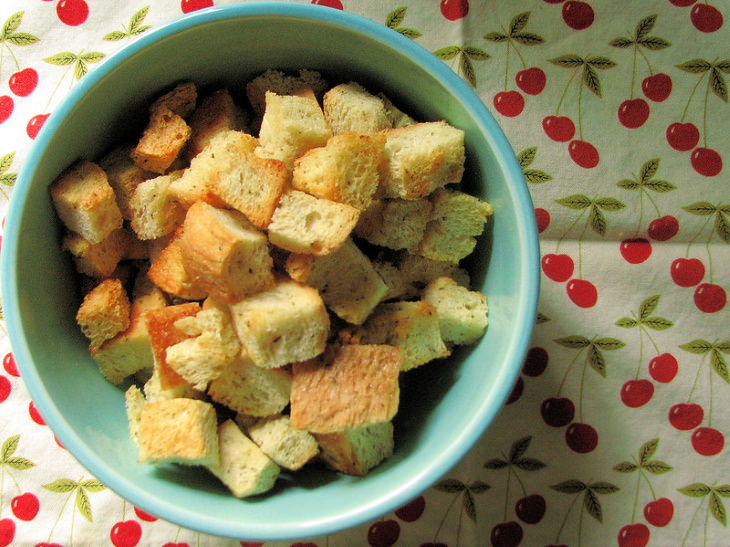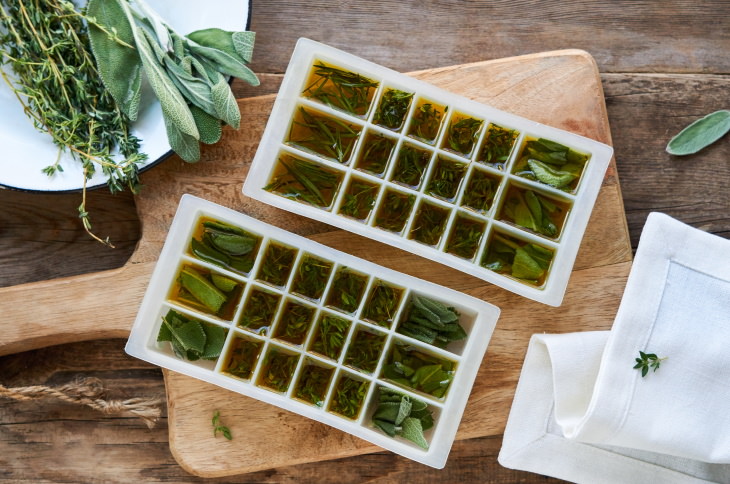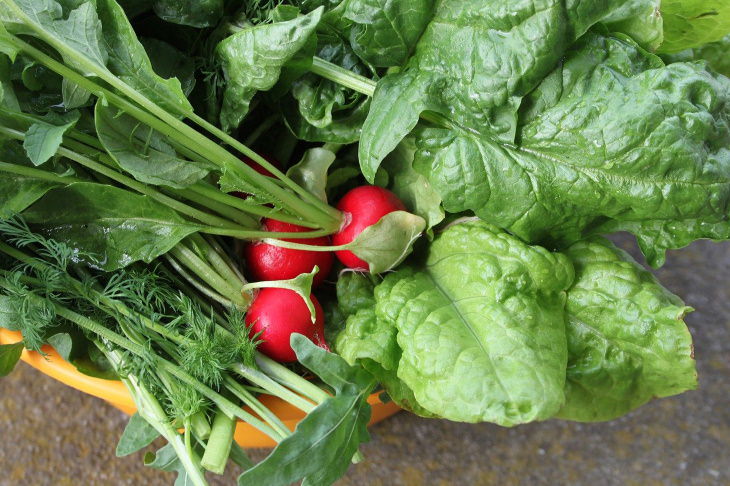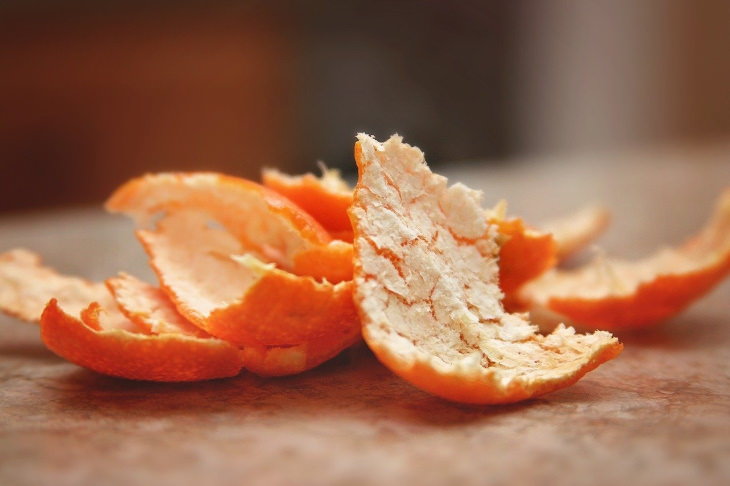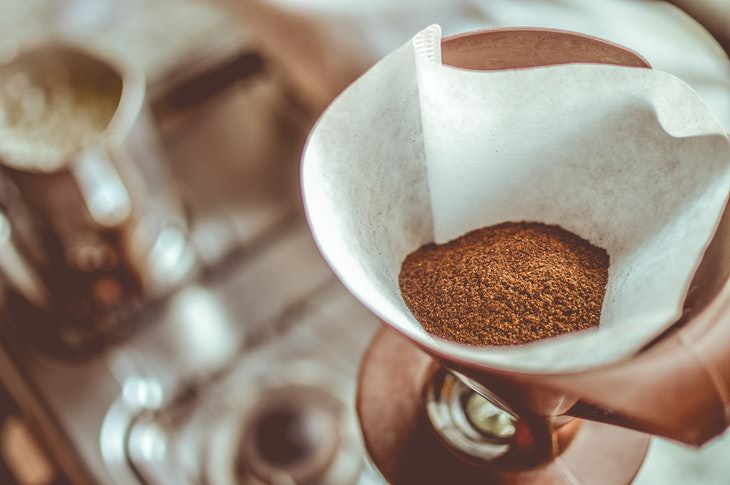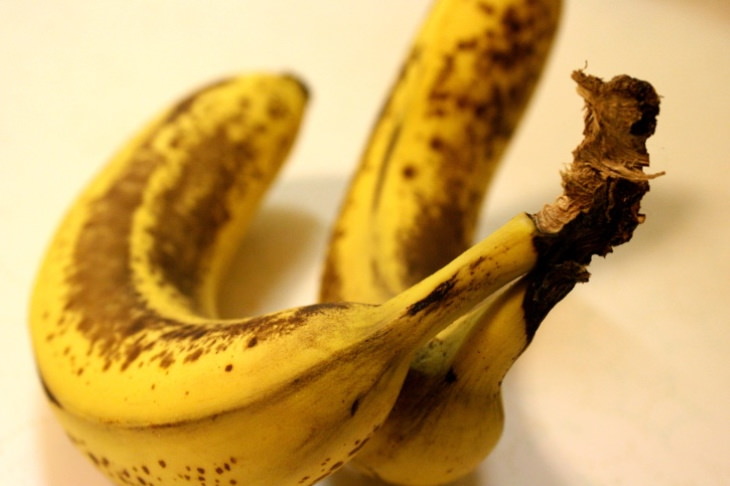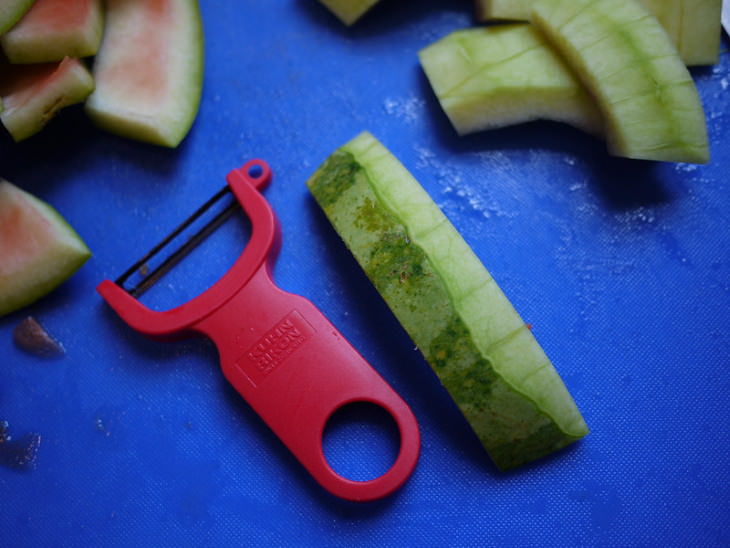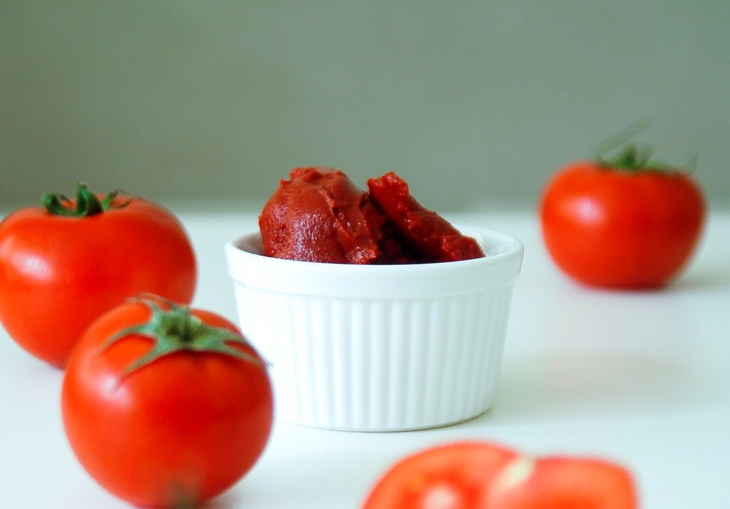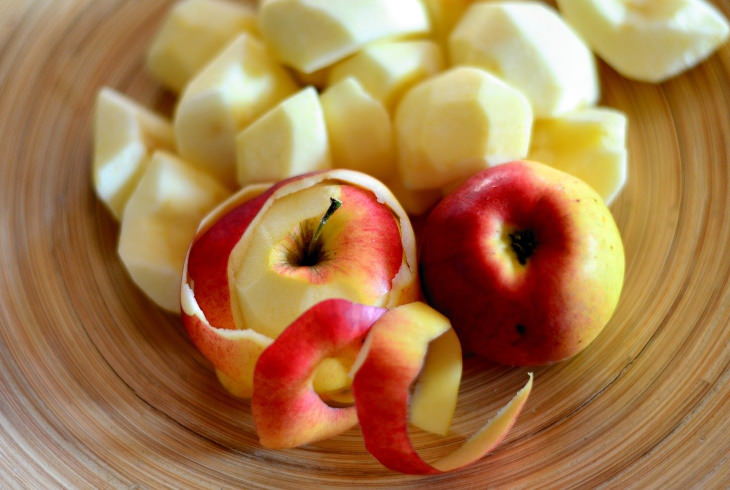1. Prepare homemade bone broth
Bone broth is an excellent alternative to vegetable stock in soups, gravies, and sauces. In many ways, it is the superior choice. Namely, bone broth has numerous proven health benefits, including improved digestion, sleep, cognition, and joint health. Bone is made of just three simple ingredients - water, bones, and vinegar.
You can use any bones, including leftovers from meals like bone-on chicken or steak. Raw bones, skin, and cartilage scraps also work. Instead of discarding all of these leftovers and scraps, store them in the freezer and reserve for bone broth. The bigger the variety of bones, the better. To prepare the bone broth, combine 2-4 lbs of animal bones with 1 gallon of water and 2 tablespoons of vinegar in a large stockpot and simmer for 12-23 hours on low heat. Strain the broth and refrigerate for up to 5 days.
2. Stale bread makes delicious croutons
Why would you ever buy croutons at the store if you can make your own by reusing stale bread? Truth be told, fresh homemade croutons are much tastier than store-bought ones, and they’re so simple to make that it a crime not to make them. This method also works great with bread ends.
To make croutons, cut the bread into bite-sized cubes and place them into a bowl. Drizzle with any oil of your choice and season with black pepper, garlic powder, onion powder, or any seasoning of your choice. Spread the croutons on a baking sheet pan and crisp them up in the oven at 200°C (400°F) until golden. Use immediately or store in an airtight container. These homemade croutons will add crunch and flavor to any dish, be it a soup, a salad, or any other savory dish.
3. Freeze leftover herbs
For some reason, herbs always come in huge bunches at the store. One bunch of parsley, dill, or basil is usually more than enough for a whole month worth of cooking. But even if you store fresh herbs in an airtight container in the fridge, they will wilt and turn black in about a week.
For a long time, this discouraged me from buying fresh herbs, as I always ended up throwing out most of them. Then I started freezing them, and I never looked back. To freeze fresh herbs, chop them up and transfer them to an ice cube tray. Depending on how you prefer to cook with herbs, you can pour either water or oil into the tray. Wait until the ice cubes are completely frozen, and then pop them out of the ice cube tray and store them in a zip bag in the freezer. Freezing will wilt the herbs a little, so these frozen herbs work best in cooked dishes like soups, roasts, sauces, and stews.
4. Save carrot-tops and radish greens
If you grow your own carrots, beets, and radishes, save the leaves when harvesting these root vegetables. Most people throw away these healthy greens, which is a real shame. Instead, de-stem and tear them up into bite-sized pieces, and confidently add them into any salad or soup in place of lettuce or spinach. Alternatively, you can sautee these leafy greens with some seasoning, et voila, you have an extra side dish for your dinner.
5. Citrus peels are so versatile
There are so many ways to reuse lemon peels that we have an entire article on the topic - Great Uses for Lemon Peels. But before you check it out, we’d like to show you one more way to reuse citrus peels that we didn’t mention in that article. Thanks to its natural deodorizing properties, any citrus fruit - be it orange, a lemon, or a tangerine - can be used to make a natural all-purpose cleaner.
Simply pack the leftover citrus peels into a jar and cover them with vinegar. Let the peels soak for 5-7 days, and then dilute it with water and use the liquid to clean any suitable surface in your home. Unlike other vinegar-based cleaners, this one actually smells pleasant and will deodorize your home.
6. Coffee grounds make a great fertilizer
Coffee is quite pricy, so it’s only natural for you to want to get the most out of it even after you had your morning cup of java. This means not disposing of used coffee grounds and reusing them around your home and garden. Fortunately, this is quite easy. For one, coffee grounds are a terrific natural fertilizer in your garden that also increases the soil’s ability to retain water.
Simply sprinkle a thin layer of coffee grounds onto the area you wish to fertilize and mix with the top of the soil. Coffee grounds attract groundworms, so this method works best for plants that require well-drained soil. If you don’t have a garden and you’re looking for a few other ways to reuse coffee grounds, read our article See Coffee in a Whole Different Light After Reading This.
7. Overripe bananas
Before you toss brown bananas into the trash can, consider these ways you could reuse them. Ripe bananas may not taste too well as a stand-alone snack, but they are full of flavor and natural sugars. This actually makes them the superior choice for recipes, be it banana bread or banoffee pie. But even if you’re not keen on making a dessert right then and there, you can always cut your overripe bananas into pieces and freeze them. Frozen ripe bananas are the absolute best ingredient to use in smoothies.
8. A great way to reuse bacon grease
Bacon grease is difficult to reuse or even dispose of. If you let it go down the drain, it can clog your sink or lead to a fatberg in your local sewage system. But there is one way you can save your sewage system and help your local bird population by saving bacon grease.
Animal fat cakes called suet help birds to stay warm in the winter. You can make your own suet by straining any leftover fat drippings through a mesh sieve or cloth and mixing them with any type of seeds, nuts, or dried fruit. Refrigerate the mixture and shape it into suet cakes, which you can then place in your local bird feeders in the winter.
9. Make pickled watermelon rinds
Did you know that preserved watermelon rinds make a delicious snack? As outrageous as it sounds, it’s very true, so the next time you buy a watermelon, save those rinds too and follow these steps. First and foremost, peel the watermelon rinds and cut them up into smaller chunks.
Then, the process is identical to pickling other fruits and vegetables: simmer the watermelon rinds in a brine made of 6 parts water, 4 parts sugar, 2 parts white vinegar, and 1 part salt until they soften, and then store in the fridge. You can also add a few cloves, cinnamon, or black peppercorns, or ginger to the brine.
10. Freeze tomato paste
Most recipes call for a very small amount of tomato paste and you’ll have a lot of it leftover in the can. Instead of waiting for it to dry out in the fridge and throwing it out, you can try freezing it and extend its shelf life. This requires a bit of preparation, but it’s definitely worth the little extra hassle in the end.
Line a baking sheet and place dollops of tomato paste on the sheet. Once frozen (this usually takes a few hours), place the tomato paste scoops into a plastic bag, and freeze for up to 3 months.
11. Make flavored water with fruit and vegetable peels
Who doesn’t like to infuse water with a little flavor? Not only is it a healthy treat, but it’s also a great way to reuse fruit and vegetable scraps. To do so, just drop a few cucumber, lemon, or apple peels into a bottle of water and let them sit for an hour or so. The longer you leave the fruit or veggie peels in the water, the more pronounced the taste. You can experiment with adding some leftover herbs to mix with the fruit or cucumber infusion, too. The possible combinations are endless!
Share these useful tips with family and friends!


